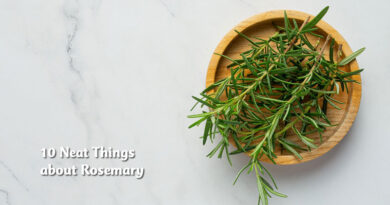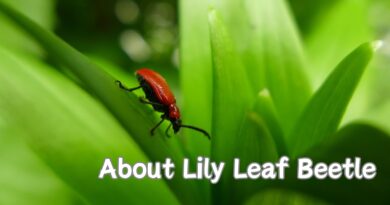Grass acts: 10 Neat Things about ornamental grasses
They don’t bloom like peonies, they don’t fruit like tomatoes, and they don’t smell like roses—but ornamental grasses might just be the most underrated plants in your garden. With their graceful movement, striking silhouettes, and year-round interest, these leafy wonders are the quiet achievers of the landscape. Whether you’re planting a prairie, edging a path, or just looking for something that thrives on neglect, these grasses have you covered.
1. They’re not all grasses.
Many of the plants we call “ornamental grasses” aren’t true grasses (family Poaceae) at all. Sedges (Carex), rushes (Juncus), and even some lilies (Ophiopogon) get lumped in because they have similar long, narrow leaves and clumping habits. True grasses include miscanthus, feather reed grass, and blue fescue.

2. Winter adds drama.
Ornamental grasses earn their keep in the colder months, when most perennials have collapsed or disappeared. Their tall, upright stems and feathery plumes remain standing well into winter, catching snow and casting long shadows in low-angled light. Frost crystals often outline each blade and seed head, turning them into living sculptures. This structure offers more than just beauty—grasses provide winter habitat for overwintering insects and shelter for small birds.

3. They're champions of low maintenance.
Once established, most ornamental grasses require little watering or fertilising. Many are drought-tolerant, disease-resistant, and don’t need deadheading. You’ll often just cut them back once a year in early spring.

4. Native grasses support biodiversity.
Switchgrass (Panicum virgatum), little bluestem (Schizachyriumscoparium), and northern dropseed (Sporobolus heterolepis) are native to parts of Canada and support native insects and birds. They’re excellent for naturalising or pollinator gardens.

5. Some are invasive.
While ornamental grasses are often prized for their vigour, some popular types have proven too successful. Miscanthus sinensis (Chinese silver grass), hardy to Zone 5, is widely grown for its graceful plumes but has escaped cultivation in parts of southern Ontario and B.C., where fertile forms can spread into natural areas. Phalaris arundinacea (reed canary grass), hardy to Zone 2, is even more aggressive—especially along waterways—where it crowds out native wetland species. Perhaps the most notorious is Phragmites australis(invasive European reed), hardy to Zone 3, which forms dense monocultures in ditches, marshes, and shorelines across much of the country. When selecting grasses, it’s wise to check for local invasive species lists and choose native or non-spreading cultivars whenever possible.

6. They love the sun.
Most ornamental grasses thrive in full sun (at least 6 hours daily), where they grow tall and flower well. A few, like Japanese forest grass (Hakonechloa macra), tolerate shade and are perfect for softening woodland paths or north-facing edges.

7. Wind makes them come alive.
Unlike rigid shrubs or tightly clipped hedges, grasses sway with even the lightest breeze. This movement adds life and sound to the garden, something many designers use deliberately in prairie or modern landscapes.

8. They’re excellent for erosion control.
Ornamental grasses have fibrous root systems that hold soil well, making them great on slopes or in rain gardens. Native grasses, in particular, evolved for this role and can improve soil over time.

9. Colour isn’t just for flowers.
Foliage comes in a surprising array: blue (Festuca glauca, Zone 4), gold (Hakonechloa, Zone 5), red (Panicum ‘Shenandoah’, Zone 3), or variegated (Miscanthus ‘Morning Light’, Zone 5). Many grasses also shift colours through the seasons, offering year-round interest.

10. You don’t have to divide them—usually.
Unlike many perennials, most grasses can be left undivided for years. Some, like miscanthus, may get dead centres and benefit from division every five years. Others, like fescues, benefit from rejuvenation when they get scraggly.






